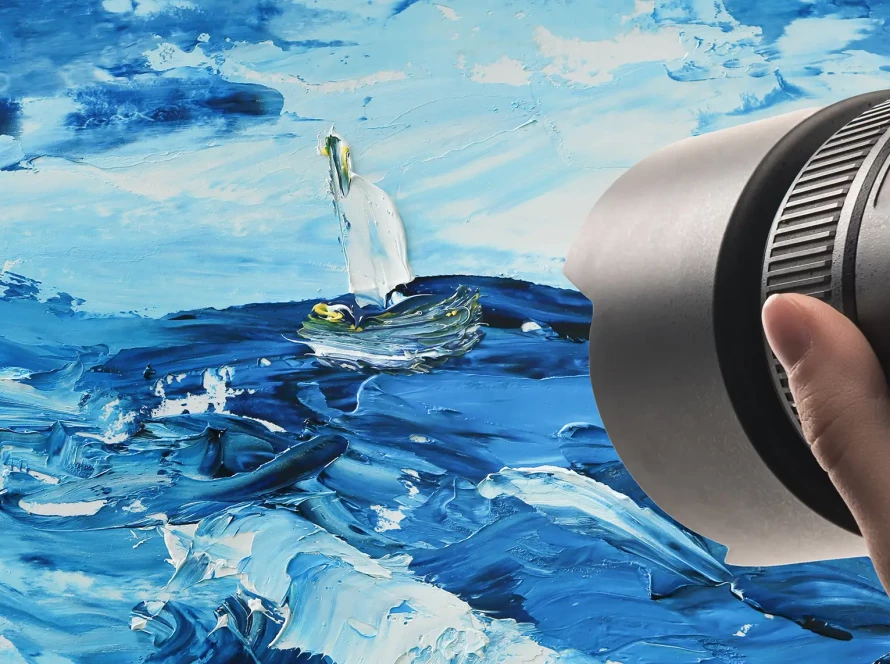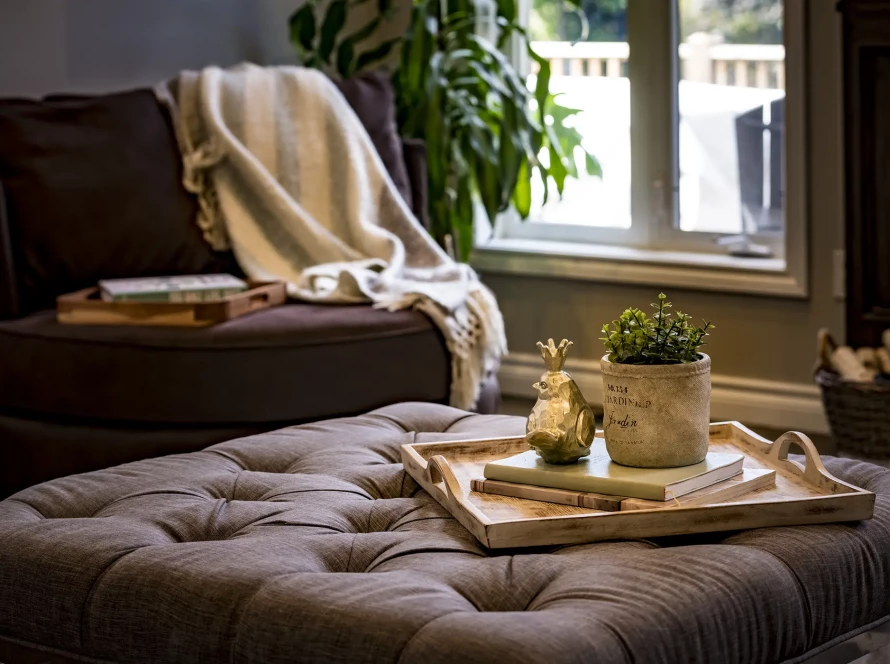There’s a moment, right before the fork hits the plate, when a dish is at its absolute peak.
Steam rising. Sauce settling. The shine just right. In real life, you barely notice it. But in a photo—that’s everything.
And in the restaurant world, that photo may be the first impression you ever make. The menu used to be the handshake. Now it’s the scroll. The swipe. The few seconds where someone decides if they’re curious enough to come in or keep walking.
That’s where smart, intentional food photography for restaurants becomes more than marketing—it becomes your most persuasive sales tool.
Why Pretty Isn’t Enough
Beautiful photos are easy to find. Instagram is full of them.
But beauty doesn’t always sell.
A glossy image might earn likes, but what you need is appetite. Craving. The kind of photo that makes someone stop mid-scroll and think: I want that.
The goal isn’t perfection—it’s persuasion. That’s what a seasoned professional photographer understands intuitively. They’re not just styling food. They’re translating flavor into feeling.
The Difference a Commercial Photographer Brings
A lot of restaurants try to DIY their content. Some do okay. But most find out—too late—that there’s a gap between a clear photo and a compelling one.
That gap is where a commercial photographer lives.
They think like marketers, not just technicians. They ask different questions:
- What emotion should this dish evoke?
- How does this tie into the restaurant’s overall identity?
- Who’s the customer, and what would catch their attention?
It’s not just food on a plate. It’s a brand moment. Every photo is a chance to reinforce the story you’re telling.
Light Is Everything
Lighting in food photography is less about brightness and more about intention.
Soft, directional light can turn a bowl of soup into a comfort story. Backlighting can make a cold drink feel like summer. Harsh light? That can turn a juicy steak into something lifeless and flat.
A professional photographer will shape the light the way a chef shapes flavor—deliberately, with an understanding of what they’re trying to express.
And natural light? It’s lovely. Until it’s inconsistent. That’s why controlled lighting setups are so important in business photography—they give you consistency across seasons, menus, and time of day.
From Dish to Desire: Building Appetite Visually
Here’s the strange thing—what works in real life doesn’t always translate on camera.
That giant pile of fries might taste amazing, but without texture or contrast, it just reads as beige. That microgreen garnish? It could be the detail that lifts the entire composition.
Appetite comes from visual contrast—crispy against smooth, warm against cool, rough against glossy. A great food photo plays with this instinctively.
A few techniques often make the difference:
- Shooting slightly overhead to showcase color harmony
- Using shallow depth of field to pull focus to the most appetizing detail
- Allowing room for the food to “breathe” on the plate, avoiding overcrowding
- Capturing movement—pouring sauces, a bite being taken, steam rising
These are storytelling tools. Not gimmicks. And they help create images that don’t just describe the food—they invite people into it.
Photography for Branding: More Than a Menu
What’s often overlooked in restaurant marketing is consistency.
You might have one incredible hero shot on your homepage. But if your delivery app photos, social content, and in-store signage all look different? That lack of cohesion chips away at trust—quietly, but effectively.
Strong photography for branding means your visual identity is recognizable across every touchpoint. It helps people remember you. It helps them believe you.
When a restaurant’s photo style is consistent, it tells a customer: “We know who we are.”
That matters.
Why Some Dishes Sell—and Others Don’t
Sometimes a dish is a customer favorite in person but just doesn’t perform online.
Why?
It’s often visual. The color may not pop. The shape might not read well in a photo. Or the texture feels “off” without movement or steam.
A good business photography approach helps restaurants work around this. That might mean re-plating the dish slightly for camera, styling garnishes more intentionally, or even offering alternative visual angles for online menus.
This isn’t about making food look fake—it’s about letting it photograph at its best.
Collaboration Is Part of the Recipe
The best food photography happens when chefs, owners, and photographers work together.
No one knows the dish like the chef. No one knows the customer like the owner. And no one knows how to capture both like a trained eye behind the lens.
Planning together—deciding on vibe, mood, message—helps everyone show up prepared. It also means less wasted time and food. And better results.
Many seasoned commercial photographers offer pre-shoot consultations for exactly this reason. The more aligned the vision, the more authentic the images.
The Investment That Keeps Giving
Food gets eaten. Photos don’t.
High-quality images become assets you can use across:
- Online menus
- Social campaigns
- Print ads and flyers
- Media kits
- PR and influencer outreach
- Even merchandise or packaging
And unlike a boosted social post, these visuals last. A strong visual library lets you stay consistent even when the menu evolves.
In many cases, one well-planned shoot can provide six months or more of usable content—especially if it’s built with branding in mind.
Let the Food Speak, But Frame the Conversation
Your food is already doing the hard work. You know it’s good. You know it’s worth tasting.
The right photograph simply gives it the voice to say that—for you—before a single word is spoken.
A professional photographer doesn’t just make your food look nice. They help your customer believe in it before they’ve even walked in the door.
That belief? It sells more than any ad ever could.




